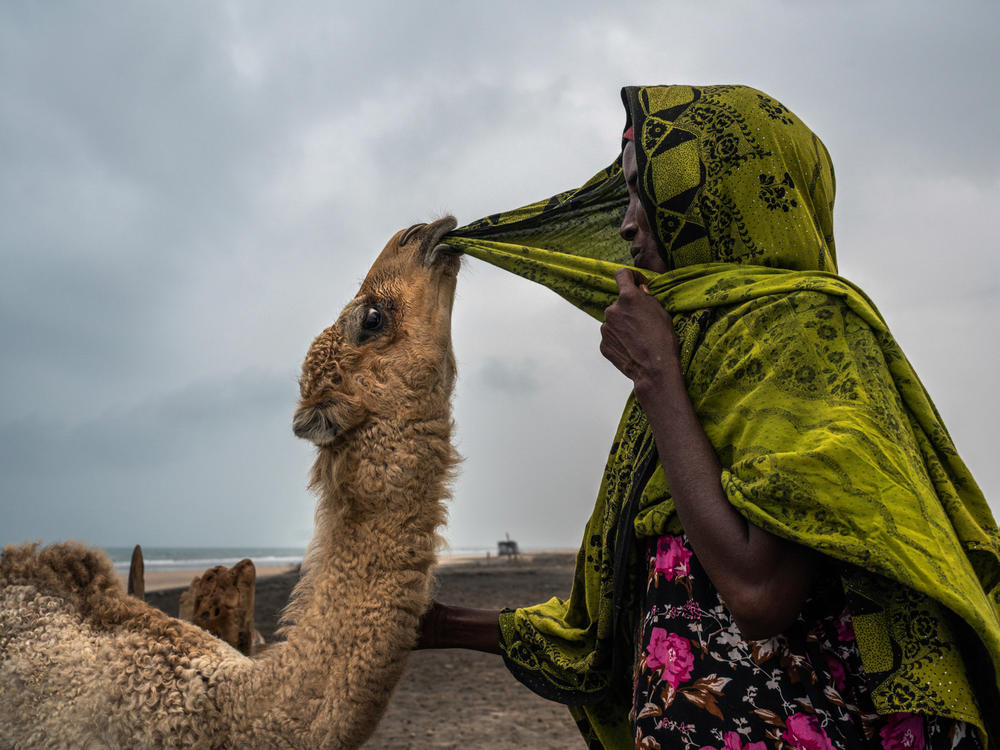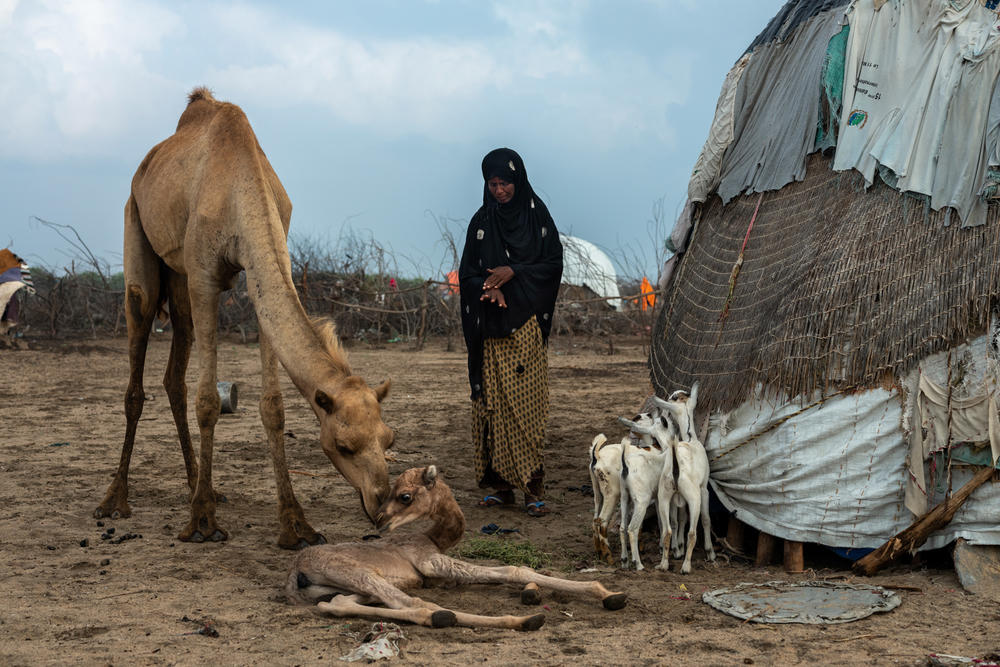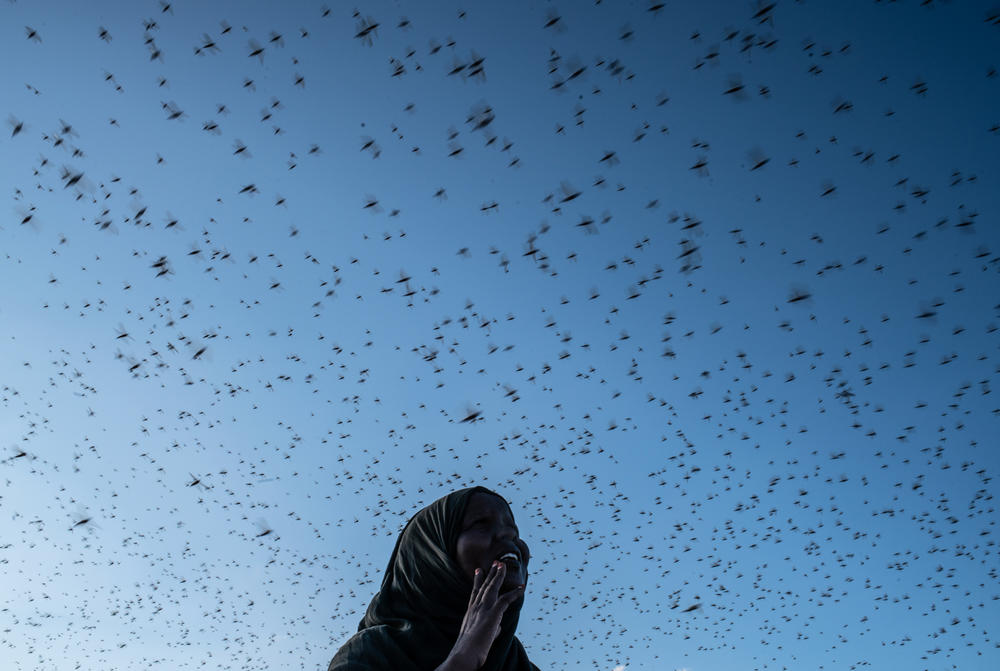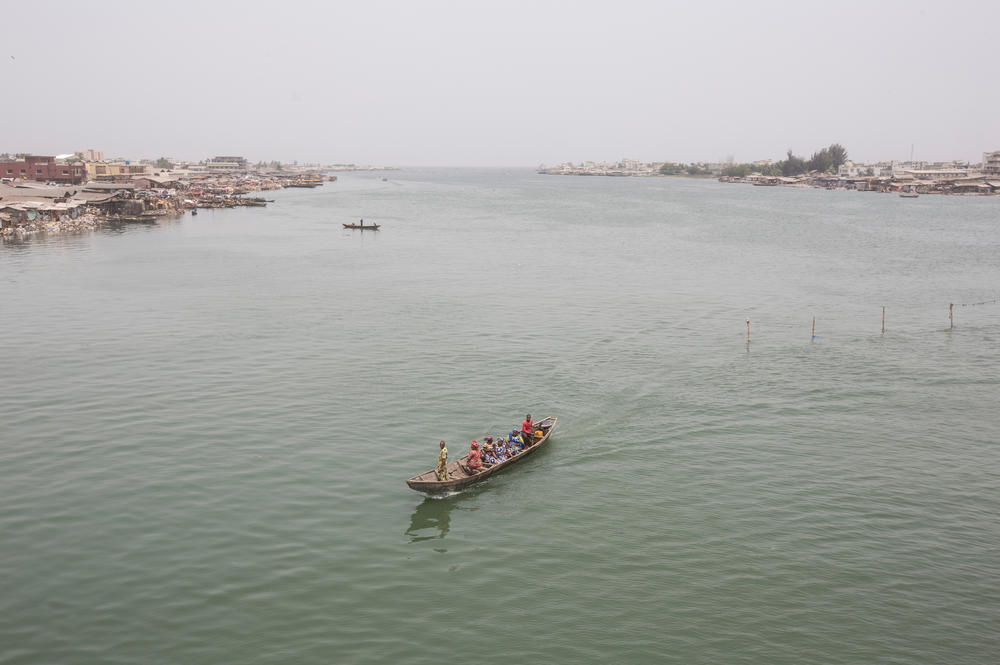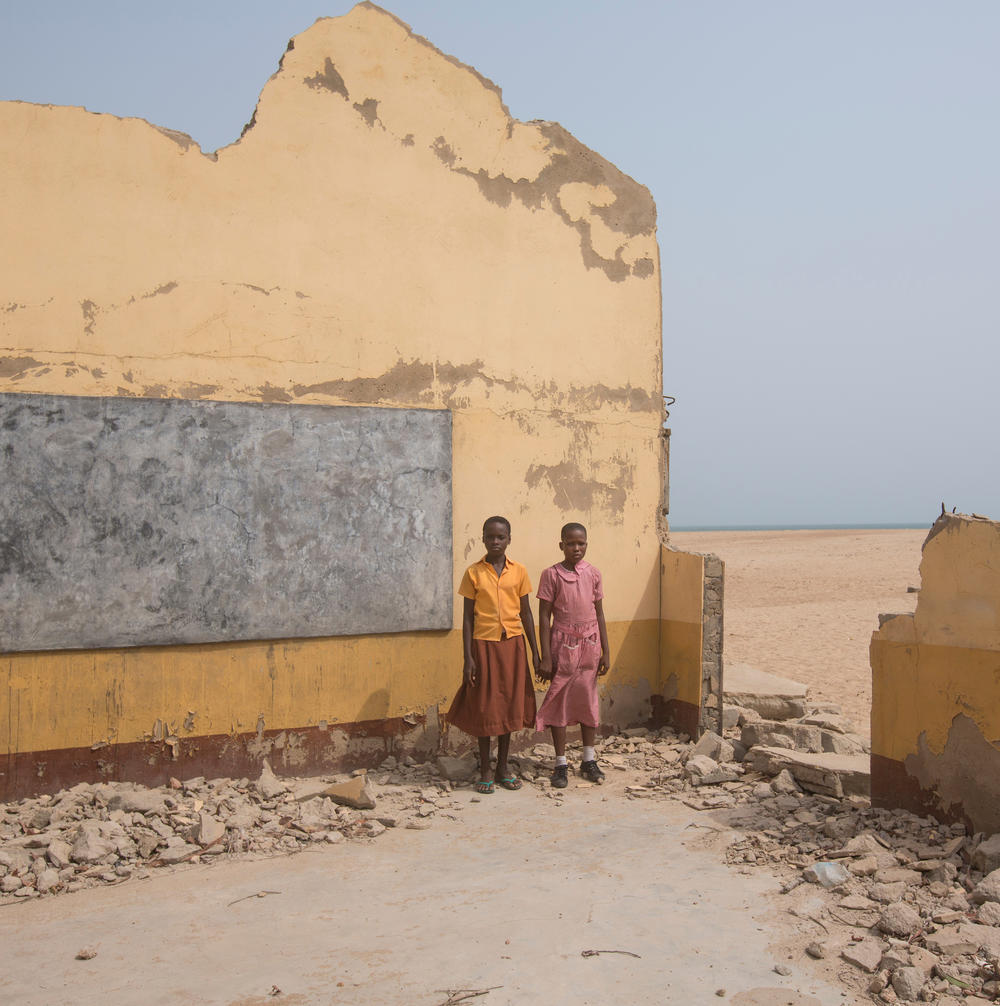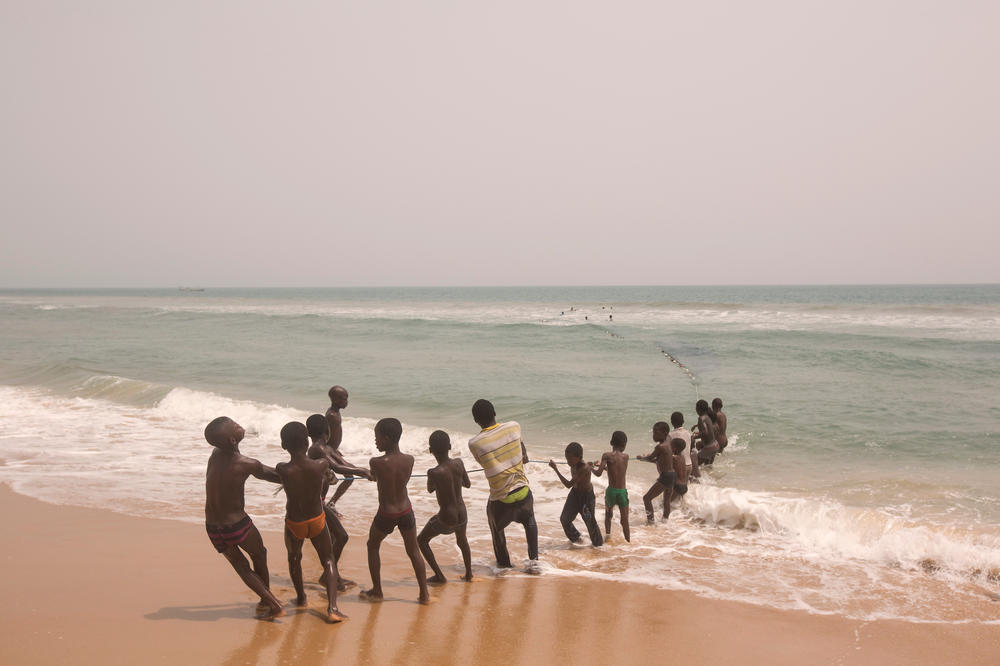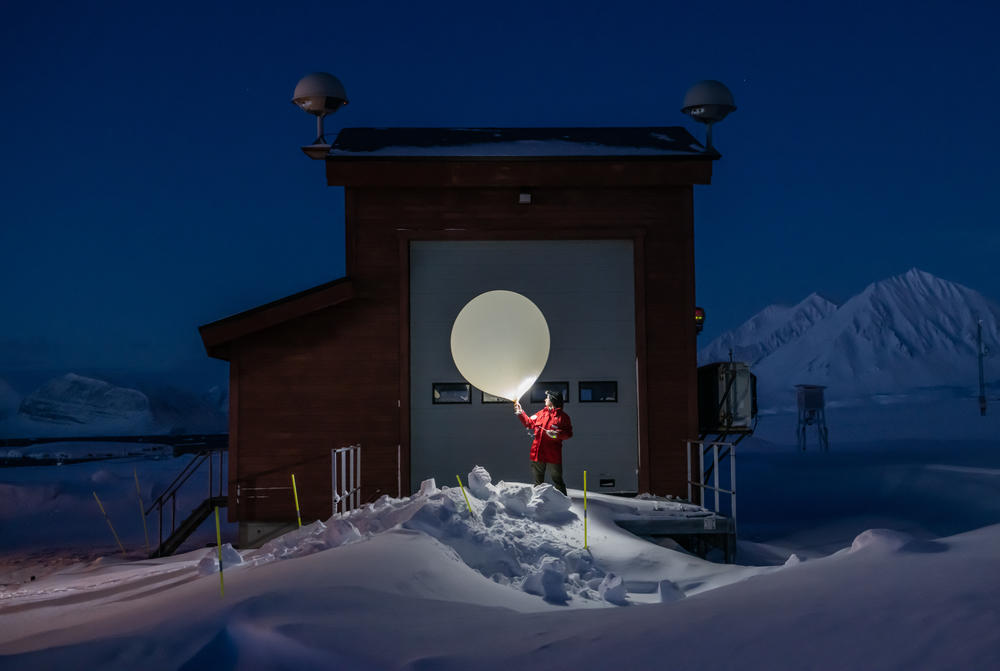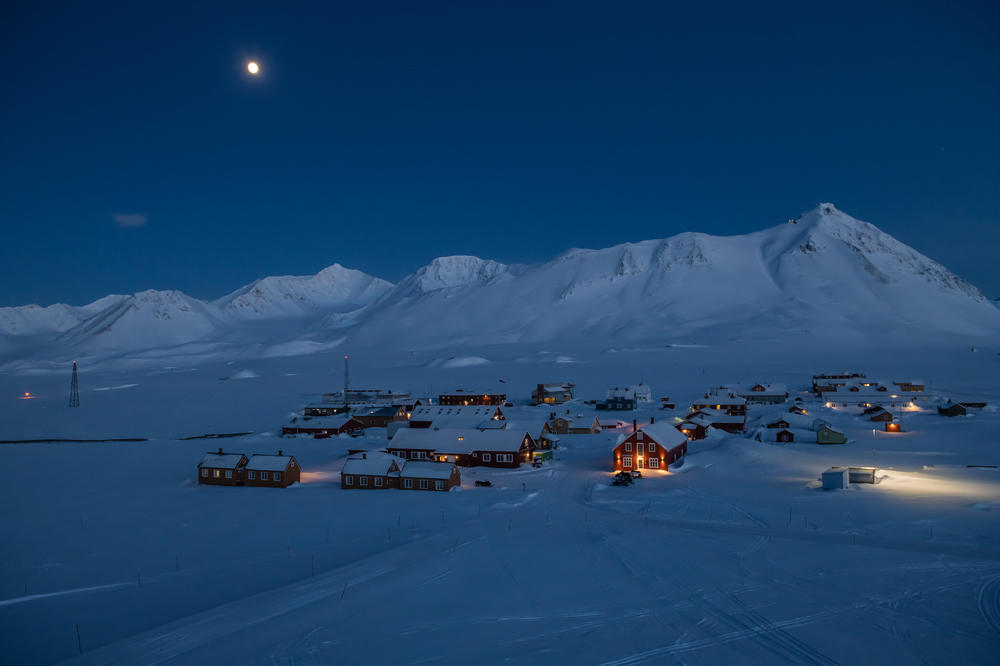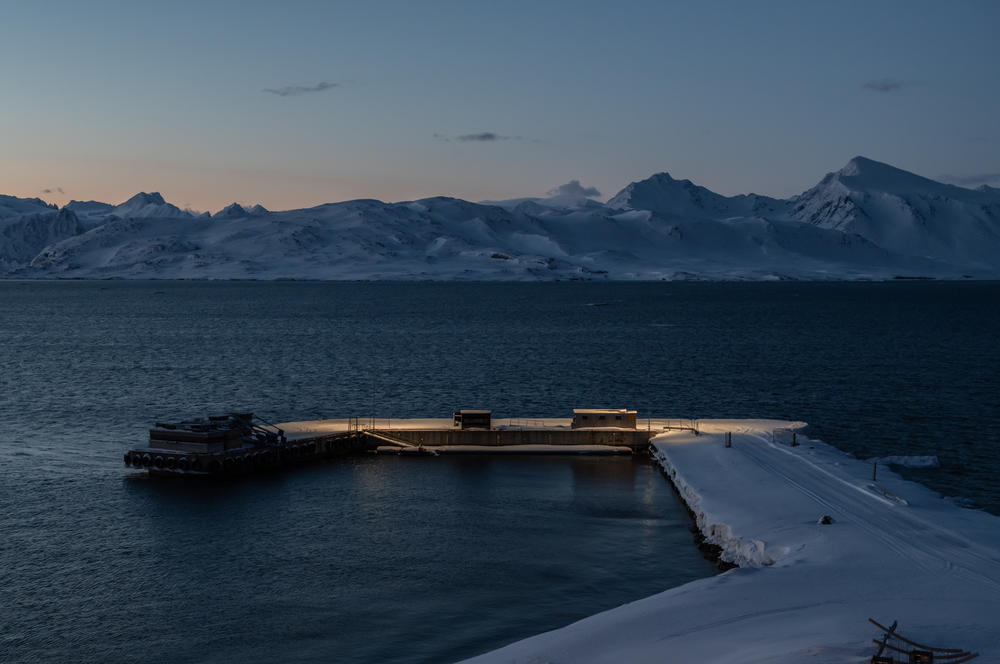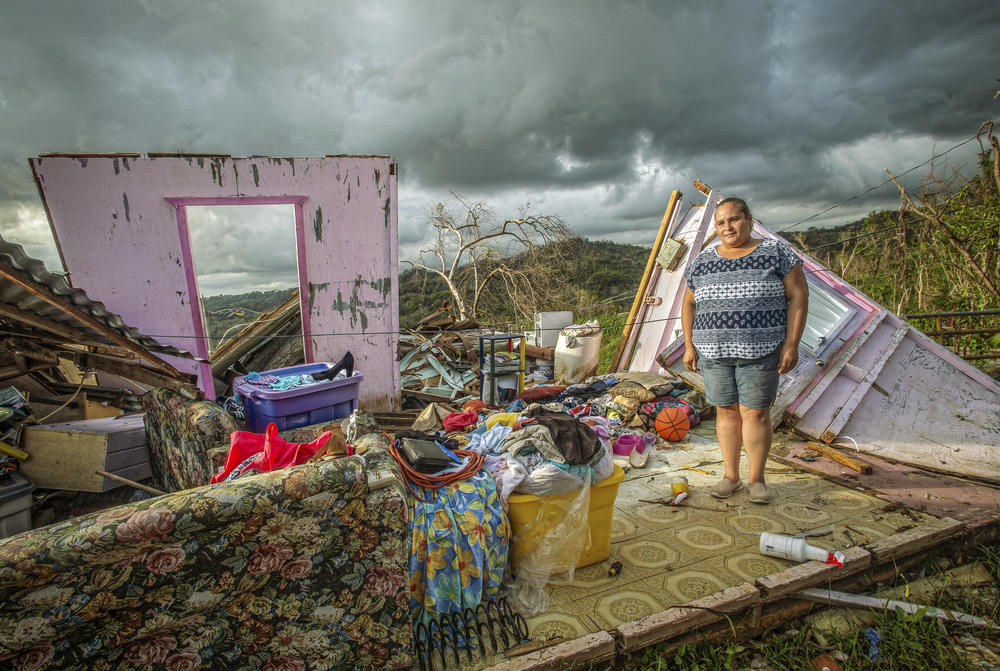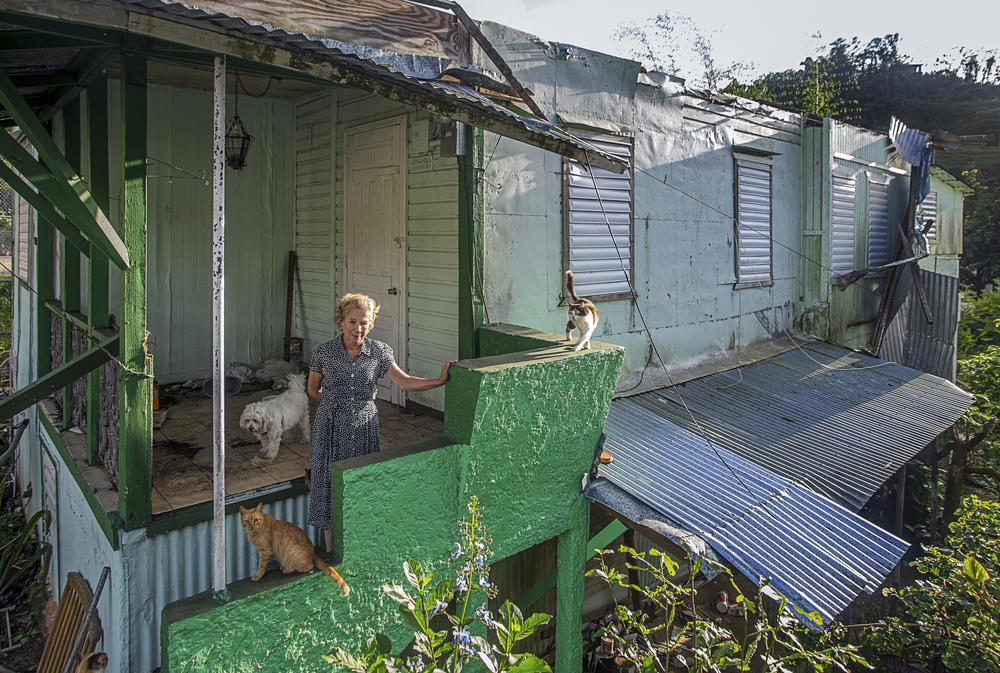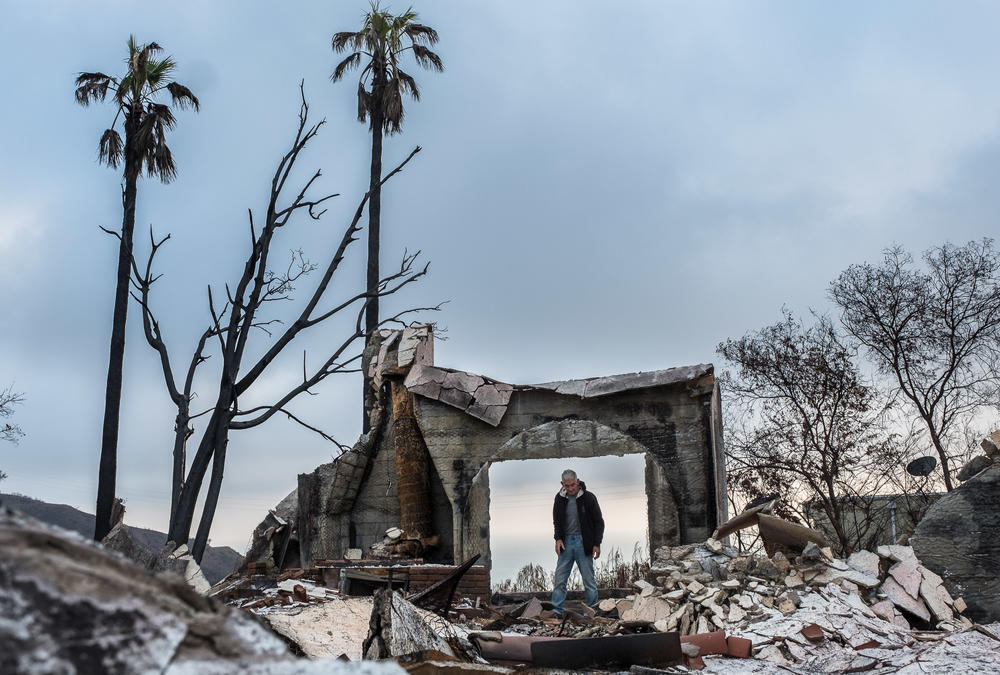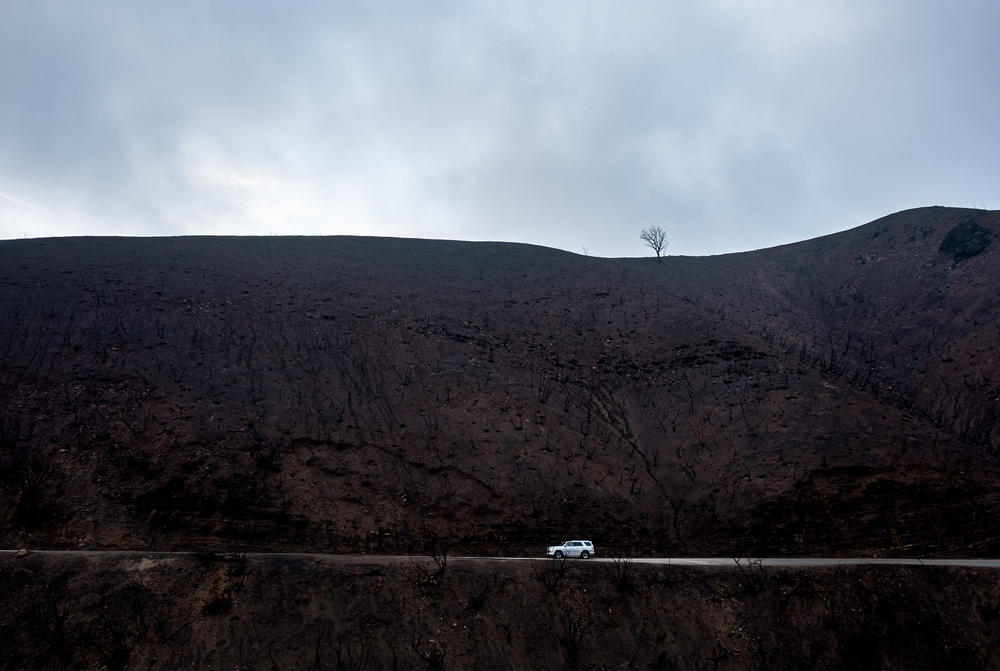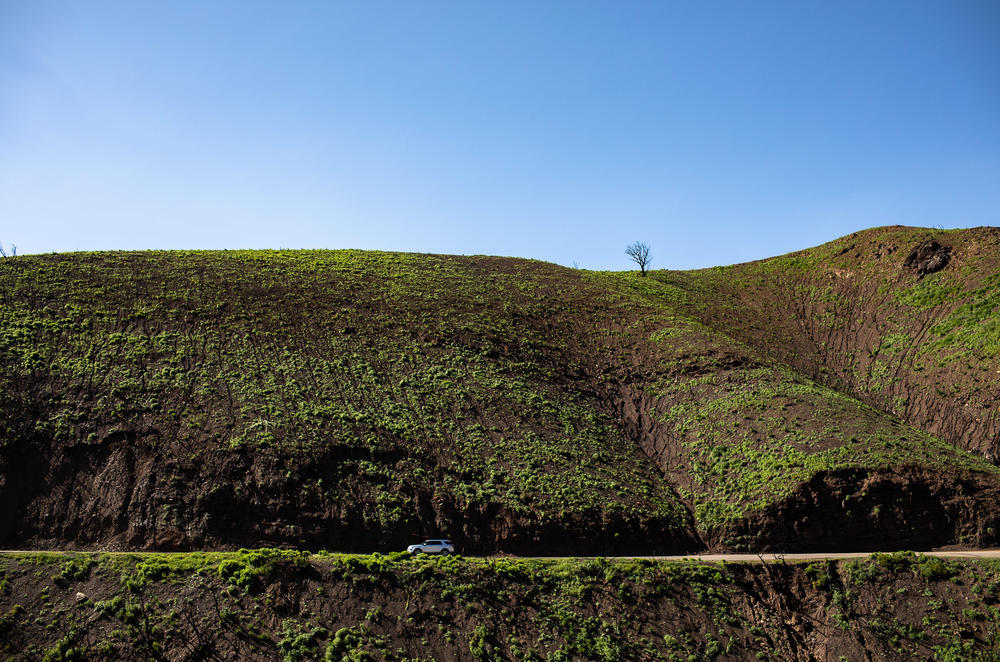Section Branding
Header Content
Meet 5 women documenting the effects of climate change around the world
Primary Content
Editor's note: In honor of Women's History Month, NPR's Picture Show is taking a look at five women photographers and their photographs that highlight climate change.
Nichole Sobecki
"Today, the greatest driving force in my work is humanity's fraught, intimate and ultimately unbreakable connection to the natural world," photographer Nichole Sobecki tells NPR. She says that, too often, coverage of climate change is politicized or it's portrayed as something happening to the planet, polar bears or glaciers — neglecting that we're all a part of the same ecosphere. We don't exist apart from our environment, nor will we survive its destruction, Sobecki says, and she believes that storytelling has a role to play in cultivating the new ideas that are necessary to building a more sustainable future for the human race on Earth.
'A Climate for Conflict' is a project Nichole Sobecki undertook with her reporting partner, Laura Heaton, that explores the relationship between the environment and security in Somalia, one of the countries that's been hardest hit by climate change. Sobecki says she feels a sense of responsibility to highlight one of the places that has contributed the least to global carbon dioxide emissions, and yet its environment is among the most severely impacted, in irreversible ways.
After years of covering conflicts and terrorism in the Middle East and Africa, Sobecki began to worry that she was focusing on the most dramatic — but perhaps least vital — element of these clashes. The contact — but not the connection. What was happening below the surface of these crises, and how would those currents shape the future?
Matilde Gattoni
Matilde Gattoni has worked extensively in the Middle East, South and Central Asia and Africa, covering droughts, refugee crises, illegal mining operations, mass migrations, large-scale land grabs and climate change for more than 100 newspapers and magazines around the world.
Matilde's project titled "Ocean Rage," was shot along the coastlines of Ghana, Togo and Benin and documents the devastating natural and social effects that climate change is having on the coastal communities across West Africa.
Esther Horvath
Esther Horvath has dedicated her photography to the globe's polar regions. Horvath hopes to help make a difference in how people understand what is actually occurring near the poles and, in collaboration with scientists, to help raise the public's awareness regarding these fragile environments.
"Women of Arctic Science" is an ongoing series of portraits of women in expeditions to Ny-Ålesund, the northernmost scientific community in the world on Svalbard, a Norwegian archipelago between Norway and the North Pole.
Yadira Hernández-Picó
'Volver a casa' [Returning Home] is an intimate chronicle of the devastation caused by Hurricane Maria in September 2017 from an insider's point of view. Yadira Hernández-Picó kept reporting on the unprecedented catastrophe caused by the storm while helping others and seeing to her own damages and losses, as her own mother's home in Maricao, Puerto Rico — the house where Hernández-Picó grew up in and where her mother lived for more than 40 years — was completely destroyed.
'Volver a casa' highlights how underrepresented communities, in particular, are disproportionately affected due to the increased exposure and vulnerability that comes with changes in extreme weather and climate events.
Glenda Bonilla, a resident of Maricao, told Hernández-Picó, "I was born in this house. I grew up here. I got married here. My two daughters were also born here." Her story speaks to the global and urgent nature of climate change, Hernández-Picó said.
In 'Volver a casa', Yadira Hernández-Picó also returns home. The image above is her childhood home, her mother's home, which was completely destroyed in the storm. "As we were doing our best to recover as many possessions as was feasible under layers of debris, my mother told me, crying, 'Perdí mi lugar en el mundo' [I lost my place in the world].
"This project certainly changed me."
Mette Lampcov
Mette Lampcov's work focuses on how climate change is affecting people and the environment around them in California. Her work focuses on water issues in California — drought, wildfire, loss of biodiversity and tree mortality in the Sierra Nevada forests. She is interested in showing the domino effects of rising temperatures from man-made climate change and its wide-reaching implications on us and our environment.
"Water to Dust" is a project Lampcov worked on about 8 years ago, when California was in the midst of the 2011-2017 drought.
Lampcov hopes to provide more nuanced and in-depth stories of how climate change is affecting people directly and in-directly — to dispel people of the image of climate change stereotypes.
Copyright 2022 NPR. To see more, visit https://www.npr.org.
